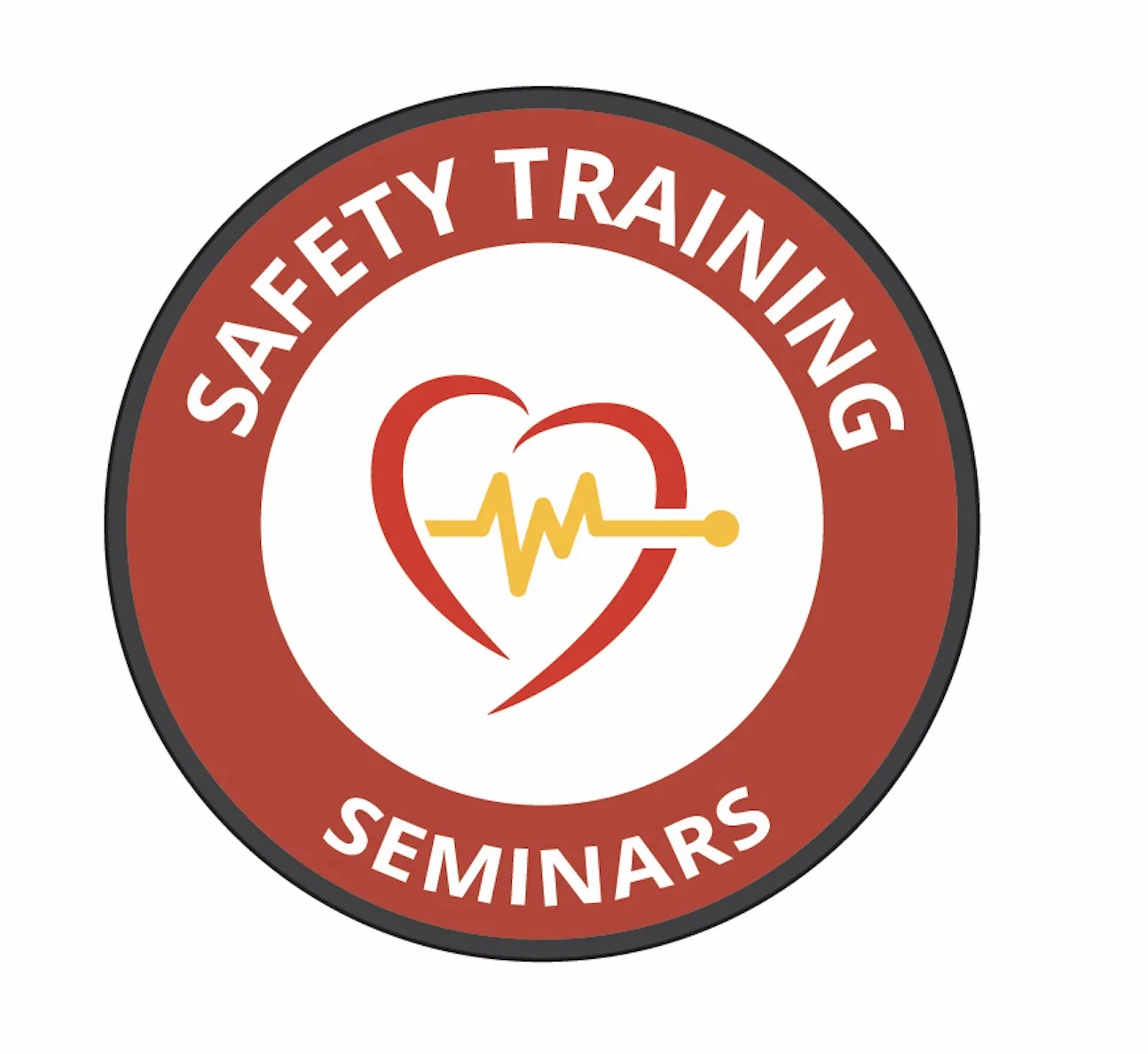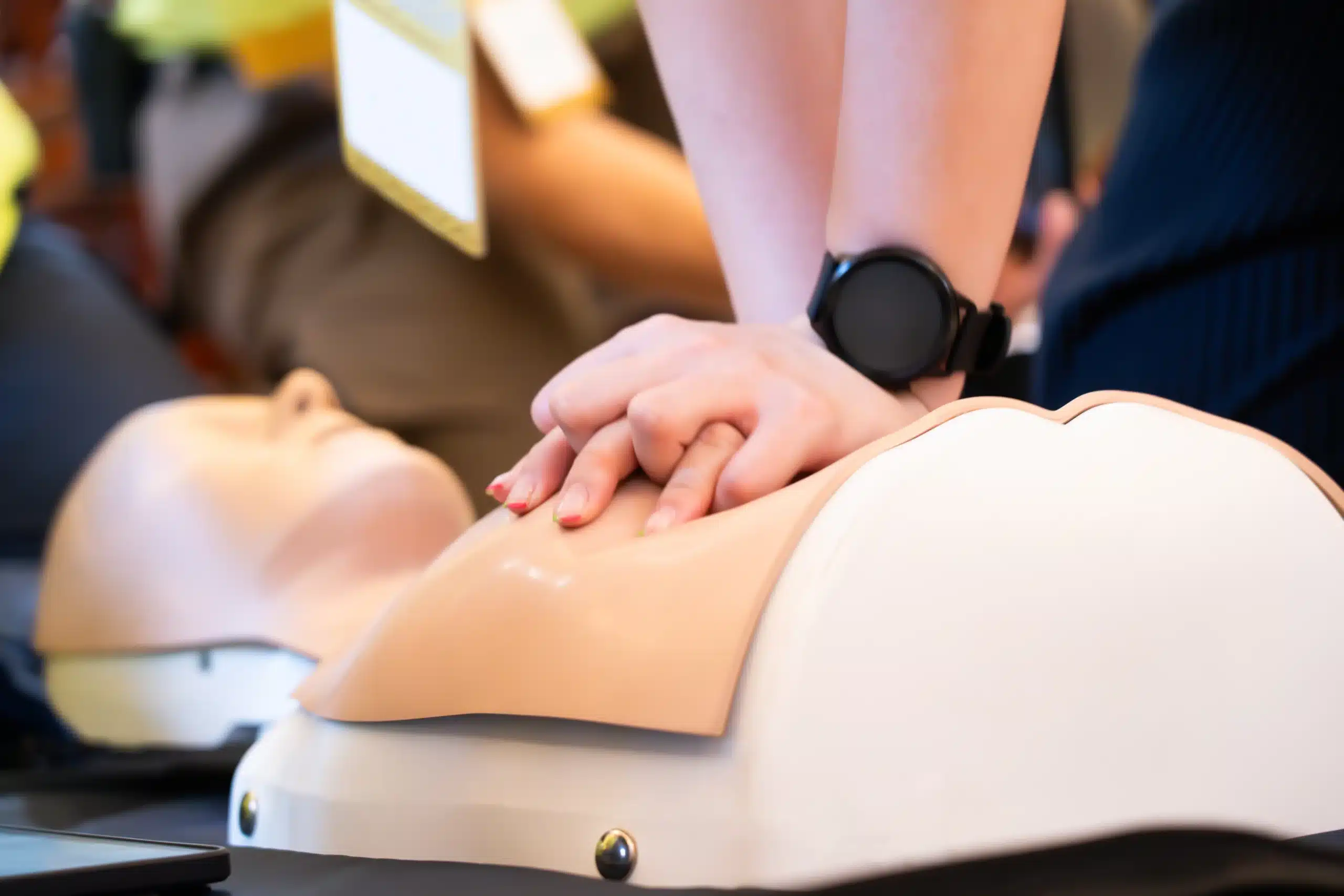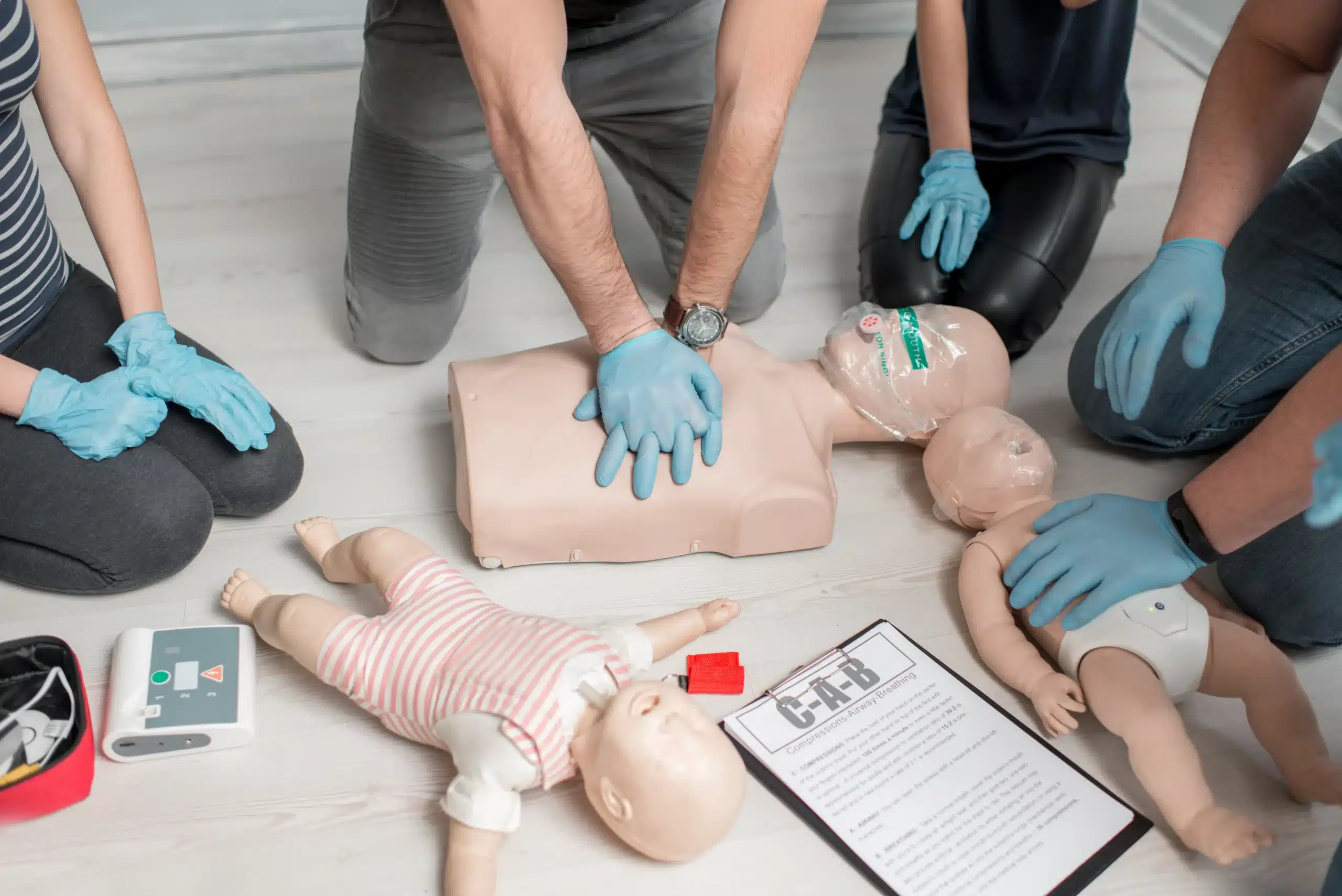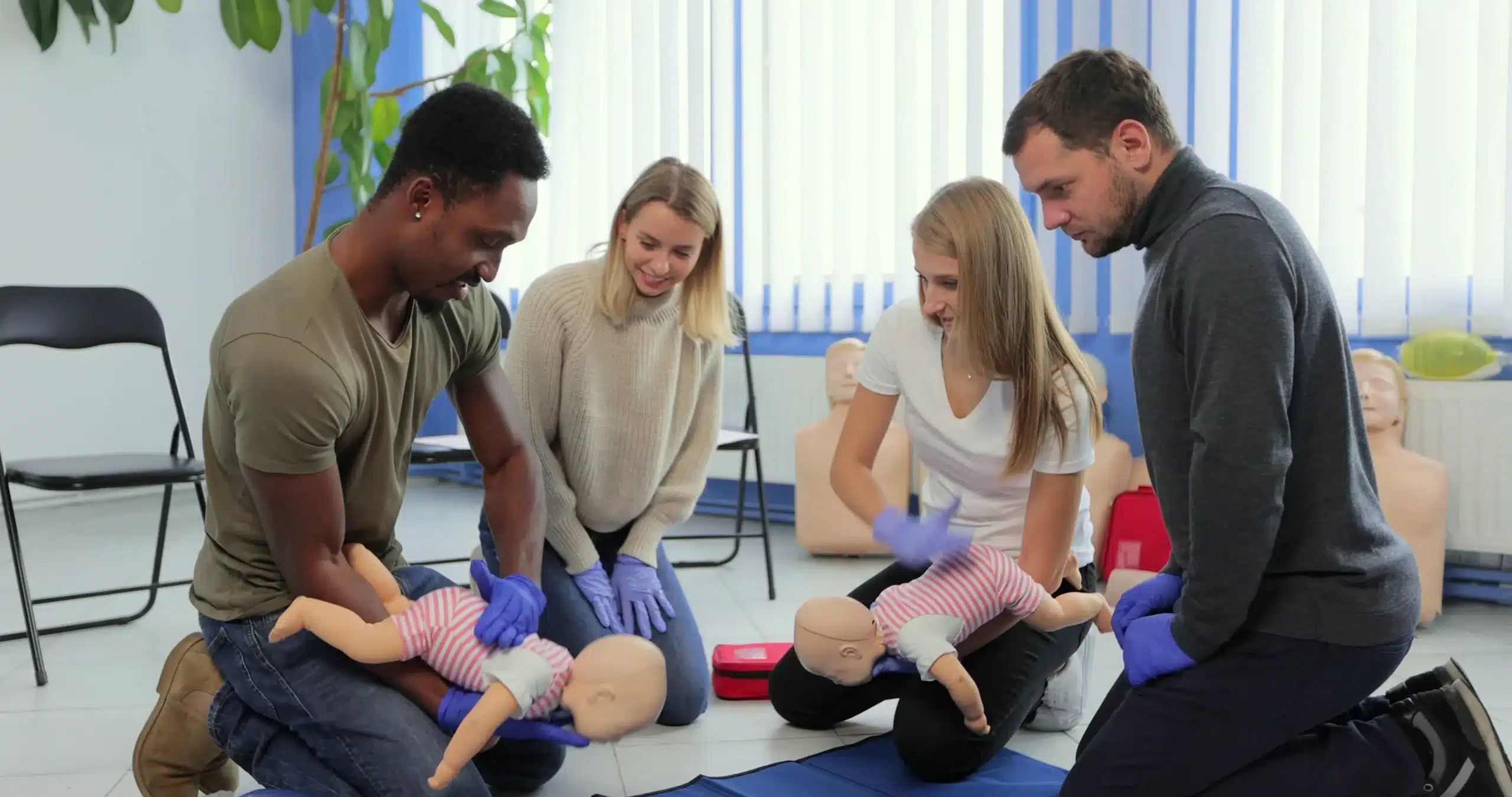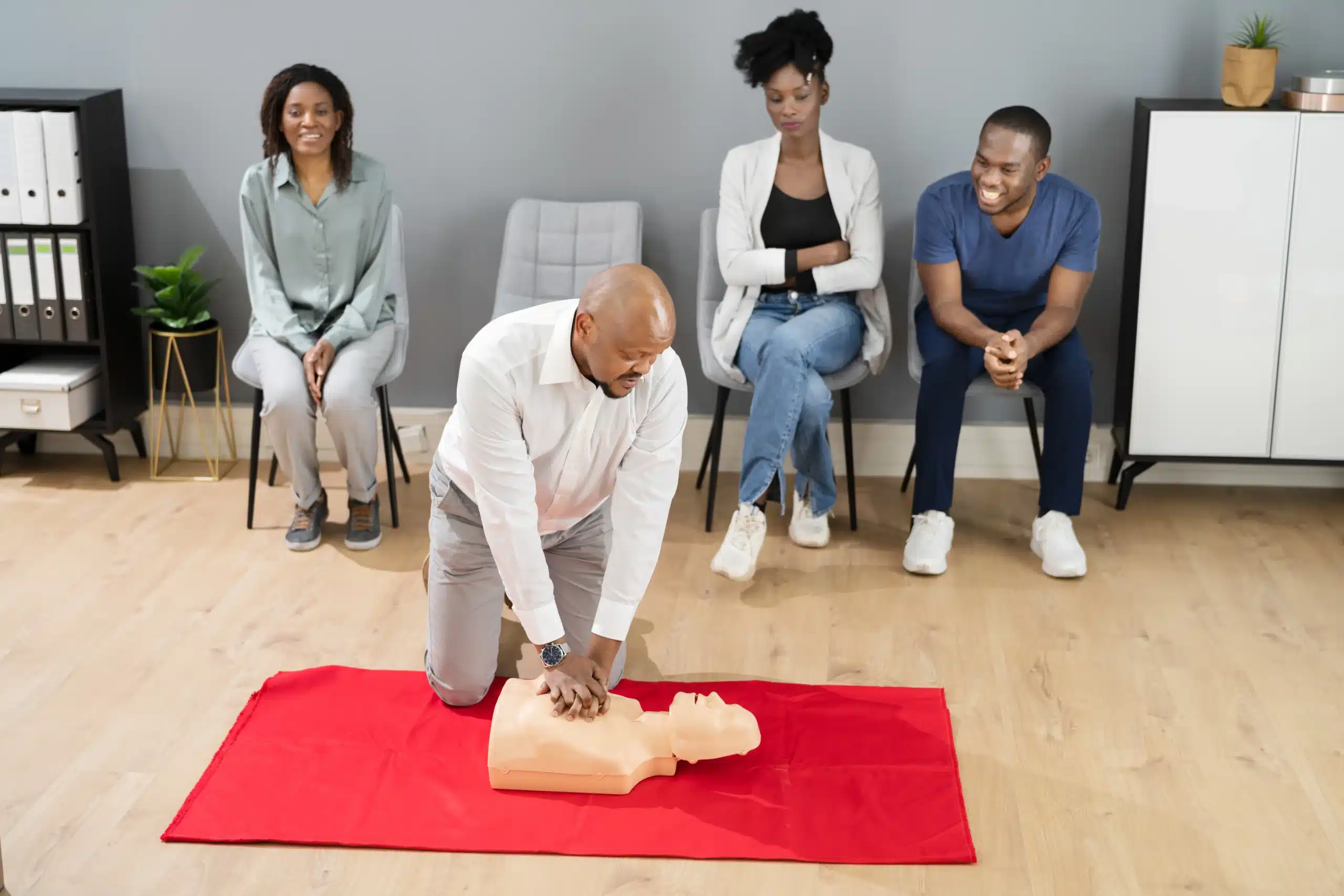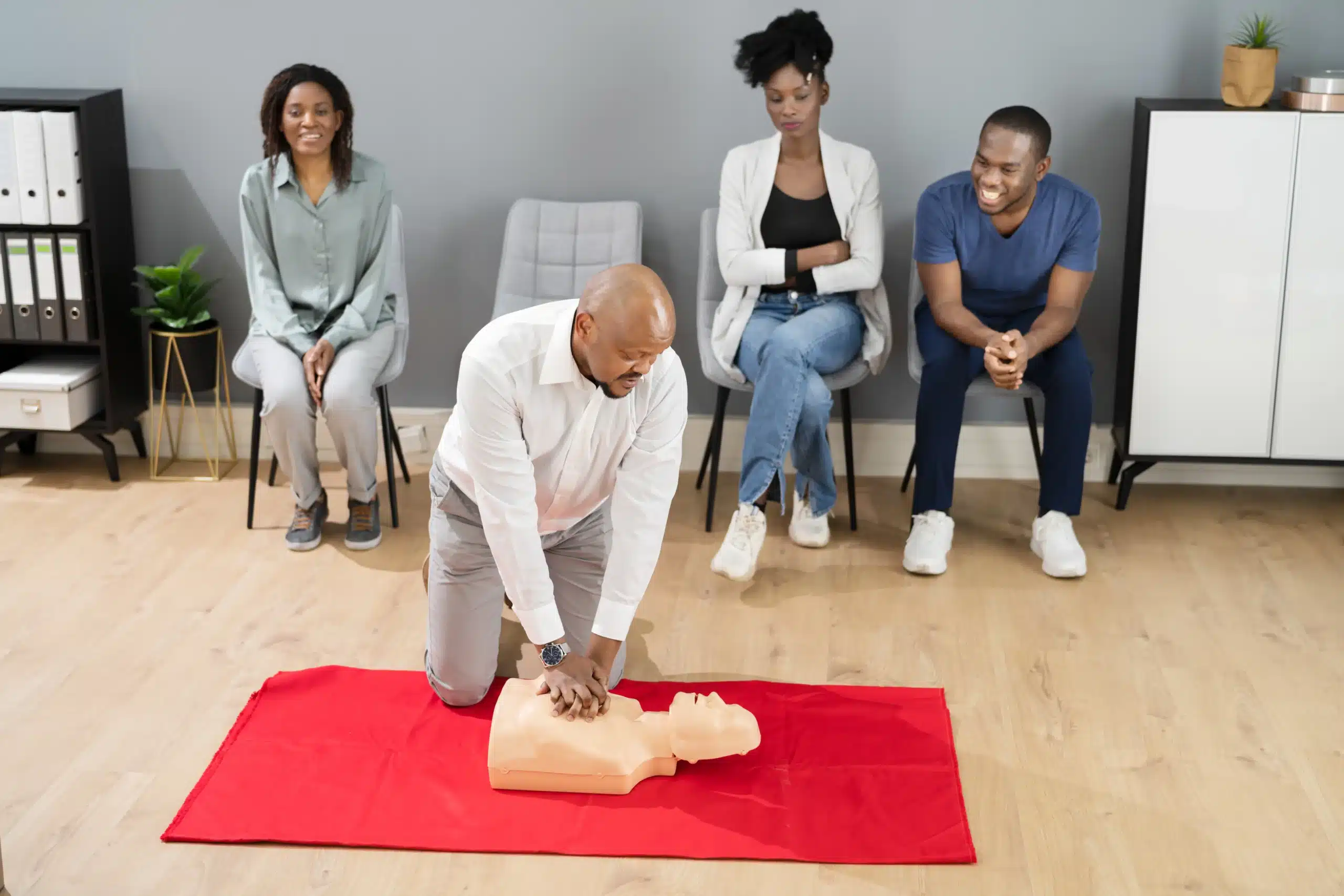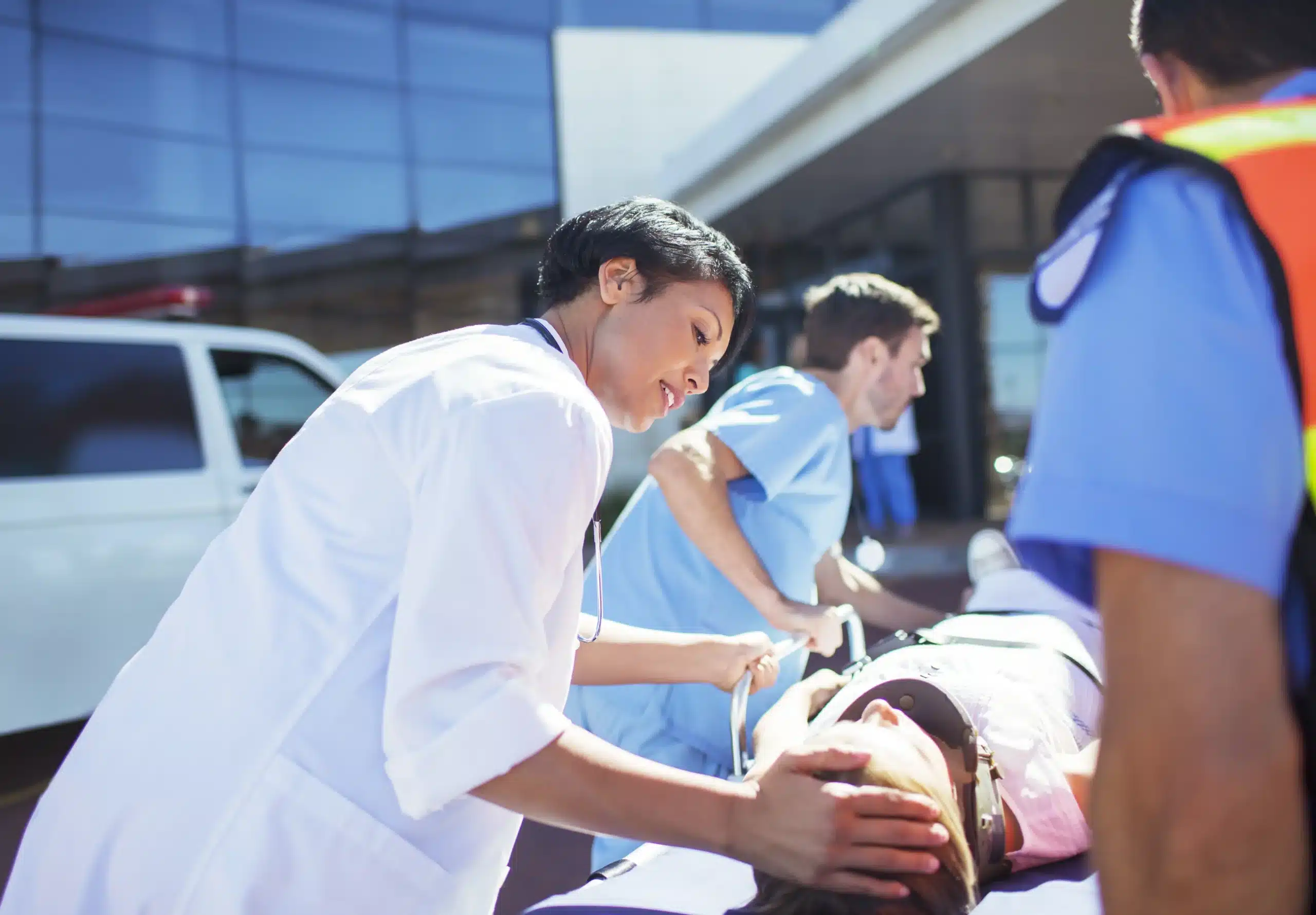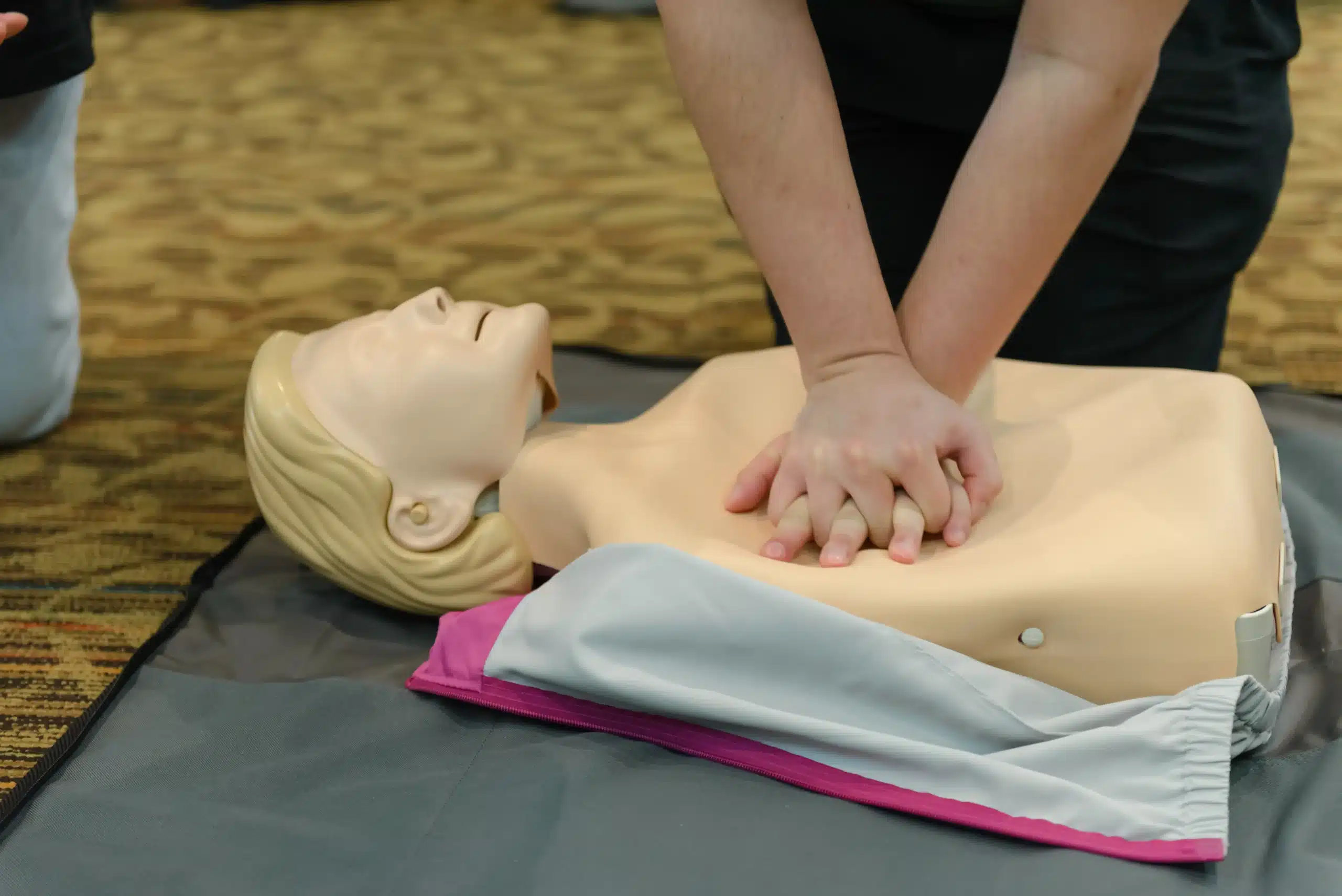Your BLS certification is a badge of honor, a testament to your dedication to providing critical care when it matters most. But like any vital skill, it needs regular refreshing. This guide simplifies the BLS renewal process, providing clear and actionable steps to get you recertified. We’ll explore the “bls renewal near me” options, discuss different learning formats, and offer insights into what to expect during your renewal course. Let’s ensure your lifesaving skills are always at their best.
Key Takeaways
- Maintain your BLS skills and certification to provide effective patient care. Choose a renewal course format—online, in-person, or blended—that fits your learning style and schedule.
- Select a reputable BLS renewal provider with qualified instructors and flexible scheduling. Consider factors like accreditation, location, and course accessibility to find the best fit.
- Prepare for your renewal course by reviewing key BLS concepts and checking for updated guidelines. This will boost your confidence and ensure a smooth renewal process.
What is BLS Renewal?
BLS certification is essential for many healthcare professionals and others who need emergency care skills, such as lifeguards and fitness instructors. Your BLS certification is valid for two years, and there’s no grace period after it expires. Renewal requires completing a BLS renewal course and passing an exam. The course covers core skills like CPR, recognizing and responding to life-threatening emergencies, using an AED, and relieving choking.
Why BLS Renewal is Important
Maintaining a current BLS certification is vital for several reasons. Most importantly, it ensures you can provide safe and effective patient care. It’s also often a requirement for employment in healthcare settings. Beyond meeting job requirements, staying up-to-date demonstrates your commitment to providing high-quality care. While cost is sometimes a concern, renewing your BLS certification is a small price to pay for the value of having these lifesaving skills.
Key Changes in BLS Guidelines
BLS guidelines are updated periodically to reflect the latest scientific evidence and best practices. Before your renewal course, take some time to review the current American Heart Association BLS guidelines. Familiarizing yourself with any updates will help you avoid any surprises during the recertification test. Even seemingly small changes can significantly impact how you respond in an emergency, so staying informed is key.
Find the Best Local BLS Renewal Providers
Finding the right BLS renewal provider is key to a smooth and valuable recertification experience. Here’s a look at some top options and what they offer:
Top-Rated Organizations in Your Area
Bay Area CPR
Bay Area CPR offers BLS renewal courses that follow the latest American Heart Association (AHA) guidelines. Their in-person BLS renewal courses provide hands-on learning and instructor feedback, crucial for mastering the skills needed to perform CPR effectively. They offer classes throughout the Bay Area, including San Francisco, Daly City, San Mateo, and Oakland.
American Red Cross
The American Red Cross is a well-known provider of BLS certification and renewal courses. They offer both online and in-person options for flexibility, allowing you to choose the format that best suits your learning style and schedule. This flexible approach makes it easier to fit BLS renewal into your busy life.
American Heart Association
The American Heart Association (AHA) provides several ways to renew your BLS certification, including online courses and traditional in-person classes. AHA-certified providers like Safety Training Seminars offer a range of courses. The variety of courses and learning formats ensures you can find a renewal option that aligns with your needs.
Local Hospitals and Medical Centers
Many local hospitals and medical centers offer BLS renewal courses. These courses are often tailored for their staff but sometimes available to the public. Hospital-based courses typically emphasize hands-on practice and immediate feedback from instructors. Check with hospitals in your area to see what courses they offer and whether they are open to the public. This can be a convenient option for those working in healthcare settings.
Compare BLS Renewal Course Formats
Choosing the right BLS renewal course format depends on your learning style, schedule, and preferences. Let’s break down the pros and cons of each option:
In-Person Courses: Hands-On Learning
In-person BLS renewal courses offer a structured learning environment with direct interaction with an instructor. This format excels at providing hands-on training and immediate feedback, crucial for mastering the skills needed in emergency situations. You’ll practice techniques on mannequins and work through scenarios with your classmates, solidifying your understanding. This hands-on practice is invaluable for building confidence and competence in performing BLS. However, in-person courses require you to adhere to a fixed schedule and travel to a specific location, which might not suit everyone.
Online Options: Flexibility and Convenience
If you have a busy schedule or limited access to in-person training, online BLS renewal courses offer a flexible and convenient alternative. Reputable organizations, including the American Heart Association, offer fully valid online CPR renewal courses, allowing you to learn at your own pace. Study whenever and wherever it suits you, making it easier to fit BLS renewal into your life. Online courses often incorporate interactive elements and simulations to reinforce learning. However, they may not offer the same level of direct hands-on practice as in-person training.
Hybrid Courses: The Best of Both Worlds
Hybrid courses combine online and in-person learning. These courses typically involve completing the cognitive portion online, followed by an in-person skills session. This approach offers the flexibility of online learning while providing essential hands-on practice and instructor feedback. Bay Area CPR offers the American Heart Association’s HeartCode BLS blended learning option, a prime example of this hybrid approach. Learn the material at your own pace online and then demonstrate your skills in a supervised setting, ensuring you’re fully prepared for real-world emergencies.
How Much Does BLS Renewal Cost?
Getting your BLS certification renewed doesn’t have to break the bank. Understanding the factors that influence pricing can help you find a course that fits your budget.
Typical Price Ranges
BLS renewal courses typically range from $50 to $150. In the San Francisco Bay Area, you’ll find various options within this price range, making this essential training accessible. Bay Area CPR offers various courses and schedules to meet diverse needs and budgets.
Factors Affecting Cost
Several factors can influence the cost of your BLS renewal course. Location plays a role, as prices can differ between cities and training centers. The course format—online, in-person, or blended—also affects the price. Online courses are sometimes more budget-friendly. Finally, the training provider itself influences cost. Some organizations may offer discounts for groups or returning students. Consider these factors when choosing a course.
Common Misconceptions About BLS Renewal Costs
One common misconception is that BLS renewal is prohibitively expensive. While cost is a valid consideration, it’s helpful to weigh it against the long-term benefits of maintaining your certification. For healthcare professionals, up-to-date BLS skills are essential for patient care and career advancement. Another misconception is that renewal requires a huge time commitment. In reality, many providers offer streamlined renewal courses designed to fit busy schedules. American Health Training debunks several myths surrounding BLS certification, including cost concerns.
Prepare for Your BLS Renewal Course
Getting ready for your BLS renewal doesn’t have to be stressful. With a little preparation, you can walk into class feeling confident and ready to refresh your lifesaving skills. Here’s what you need to know:
Prerequisites and Eligibility
Your BLS certification is valid for two years. You’re eligible to take a renewal course up to 60 days after your card expires. Ideally, aim to renew within the two-year timeframe, or within 30 days after expiration, to avoid a lapse in your certification. Check with your employer or certifying organization for specific guidelines.
What to Bring to Your Course
Most importantly, bring your current (or recently expired) AHA BLS CPR card to verify your eligibility. Some providers, like ShowMeCPR, require this for enrollment. It’s also a good idea to bring a pen and notepad for notes, though many courses provide materials. Comfortable clothing is recommended for hands-on practice.
Effective Study Strategies
While a BLS renewal course covers familiar ground, refreshing your knowledge beforehand is helpful. Review key BLS concepts, such as chest compressions, rescue breaths, and using an AED. SureFire CPR suggests reviewing a study guide and taking practice exams. Brushing up on these skills will help you feel prepared for the skills assessment. Understanding common BLS mistakes can also be beneficial. Advanced Medical Certification highlights the importance of being aware of these potential pitfalls.
What Happens During BLS Renewal?
So, you’re ready to renew your BLS certification—smart move! Keeping your skills sharp and your certification current is essential, especially in healthcare. This section walks you through what to expect during a typical BLS renewal course. Whether you’re a seasoned healthcare provider or renewing for the first time, understanding the process will help you feel prepared and confident.
Course Duration and Structure
BLS renewal courses are designed to be efficient and effective, typically taking between three and four hours to complete. This timeframe allows instructors to cover essential material and provide ample opportunity for hands-on practice. The course usually begins with a review of key BLS concepts and updates to the guidelines. This ensures everyone is on the same page and familiar with any recent changes. The course then moves into practical skills sessions and assessments. At Bay Area CPR, our BLS renewal courses follow this streamlined structure, focusing on maximizing your learning in a short amount of time. We understand your time is valuable, so we’ve designed our courses to be comprehensive yet concise.
Key Topics Covered
BLS renewal courses cover the core skills needed to respond to life-threatening emergencies. You’ll review and practice essential procedures, including high-quality CPR for adults, children, and infants. The course also covers how to use an automated external defibrillator (AED) effectively and how to relieve choking. These skills are crucial for anyone working in healthcare or a related field. Beyond the core skills, BLS renewal also emphasizes the importance of teamwork and communication during emergencies. You’ll learn how to effectively coordinate with other rescuers and clearly communicate critical information. This team-based approach is essential for providing the best possible care in a crisis.
Hands-On Practice and Skills Assessment
BLS renewal isn’t just about reviewing concepts; it’s about putting those concepts into action. In-person renewal courses offer a valuable hands-on learning experience, allowing you to practice your skills in a safe and controlled environment. You’ll work with realistic mannequins and training AEDs, simulating real-life emergency scenarios. This practical experience builds your muscle memory and confidence, preparing you to respond effectively in a real emergency. The course concludes with a skills assessment to ensure you’ve mastered the necessary techniques. This typically involves demonstrating your CPR, AED, and choking relief skills to the instructor. Successfully completing the assessment earns you your renewed BLS certification, valid for another two years.
Choose the Right BLS Renewal Provider
Picking the right BLS renewal provider is crucial for a valuable learning experience. It’s more than just checking a box; it’s about maintaining your skills and confidence to provide effective care. Here’s what to consider:
Accreditation and Certification
First things first, make sure your provider is accredited by a reputable organization like the American Heart Association (AHA). This ensures the course meets the latest BLS guidelines and standards. Look for providers with a proven track record and positive reviews from past students. A little research upfront can save you time and ensure you receive worthwhile BLS certification. Bay Area CPR offers AHA-certified BLS courses, so you can be confident you’re receiving high-quality training.
Instructor Qualifications
Experienced instructors can make all the difference in your BLS renewal course. Instructors who are passionate and knowledgeable create an engaging learning environment. Check if the instructors have current certifications and relevant experience in the field. A good instructor will not only teach you the techniques but also empower you to apply them confidently in real-life situations. Bay Area CPR’s instructors bring real-world expertise to the classroom, providing practical insights and guidance.
Scheduling Options and Accessibility
Finding a course that fits your schedule shouldn’t be a struggle. Look for providers that offer flexible scheduling options, including weekend and evening classes. Consider factors like location and accessibility. Whether you prefer in-person or online learning, choose a format that suits your learning style and availability. Some providers even offer hybrid courses, combining online learning with in-person skills practice. Bay Area CPR offers classes throughout the San Francisco Bay Area—including San Francisco, Daly City, San Mateo, and Oakland—making it easier to find a convenient location.
Frequently Asked Questions
How long is my BLS certification valid, and what happens if it expires?
BLS certification is valid for two years. There’s no grace period, so it’s important to renew before the expiration date. If your certification lapses, you’ll need to retake the full BLS course, not just a renewal course.
What’s the difference between in-person and online BLS renewal courses?
In-person courses offer hands-on training and direct interaction with an instructor, which is great for practicing skills and getting immediate feedback. Online courses provide more flexibility, allowing you to learn at your own pace and on your own schedule. Hybrid courses combine the benefits of both, offering online learning with an in-person skills session.
How can I find BLS renewal courses near me, and what’s the typical cost?
Several organizations offer BLS renewal courses, including the American Heart Association, American Red Cross, local hospitals, and training centers like Bay Area CPR. Costs typically range from $50 to $150, depending on location, course format, and the provider. Check with different providers for their schedules, pricing, and course offerings.
What should I expect during a BLS renewal course, and how can I prepare?
Expect a review of key BLS concepts, updates to guidelines, and plenty of hands-on practice. You’ll be assessed on your skills in CPR, AED use, and choking relief. To prepare, review your current BLS materials, familiarize yourself with any recent guideline changes, and come prepared with your current BLS card and comfortable clothing.
How do I choose the right BLS renewal provider?
Look for providers accredited by a reputable organization like the American Heart Association. Check instructor qualifications, read reviews from past students, and consider factors like scheduling options, location accessibility, and whether they offer in-person, online, or hybrid formats. Choosing a provider that aligns with your learning style and schedule will make your renewal experience more effective.
